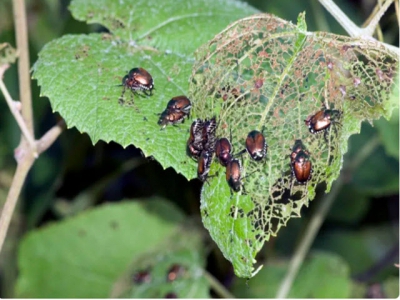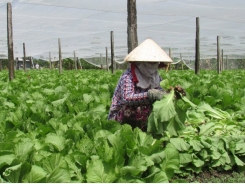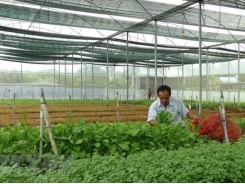The Japanese Beetles Are Back

Back without popular demand: Here comes the annual showing of Japanese beetles, the embodiment of beauty and the beast rolled into one.
Japanese beetle eat trees in Illinois. Photo: NYT
The 4-6-week period of intense activity by the gleaming, copper-colored adult Popillia japonica is underway.
These beetles may seem to have it in specifically for your roses, raspberries, crab apples or grapes, but those are just a few of the 300-plus plant species they are known to feed on in North America.
The expert advice might sound counterintuitive: Stop trapping them. (Farewell, beetle bags, despite the marketing promises.) And maybe hold back on watering lawns in the July heat, as female beetles will be seeking a moist spot to lay eggs.
Yes, those are steps toward making peace with this here-to-stay invasive pest, which scientists have sought to subdue since shortly after it was identified in New Jersey in 1916.
Nearly a century later, a 2015 U.S. Department of Agriculture homeowners’ guide to Japanese beetle management put the cost of control in the United States — including the removal and replacement of damaged turf — at $460 million annually. Half of that damage is caused not by the adults, but during the beetles’ larval stage, by the grubs.
Still, this is a troublemaker at both stages of life — and its wide-ranging diet doesn’t hurt its chances, either.
Based on decades of tracking the beetles’ seemingly inexorable march westward in North America, Daniel A. Potter, a professor in the department of entomology at University of Kentucky, described the arc: “The first few decades in a new area, the insect goes crazy and builds to high levels before the population starts to stabilize. Then it goes from a plague to a nuisance.”
For those of us at the nuisance phase, here are some suggestions. But first, some background on the strategies behind the Japanese beetle’s sustained invasion.
Related news
Tools

Phối trộn thức ăn chăn nuôi

Pha dung dịch thủy canh

Định mức cho tôm ăn

Phối trộn phân bón NPK

Xác định tỷ lệ tôm sống

Chuyển đổi đơn vị phân bón

Xác định công suất sục khí

Chuyển đổi đơn vị tôm

Tính diện tích nhà kính

Tính thể tích ao



 Imported sugar from ASEAN countries except Thailand jumped…
Imported sugar from ASEAN countries except Thailand jumped…  Building 10 sweet potato specialized growing areas for…
Building 10 sweet potato specialized growing areas for…